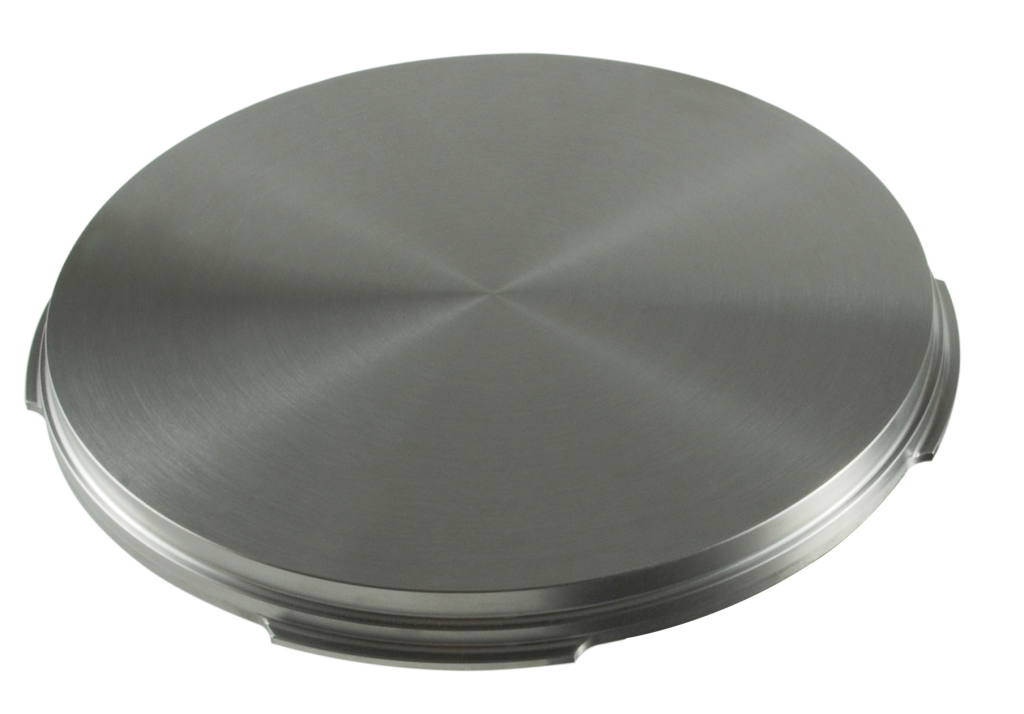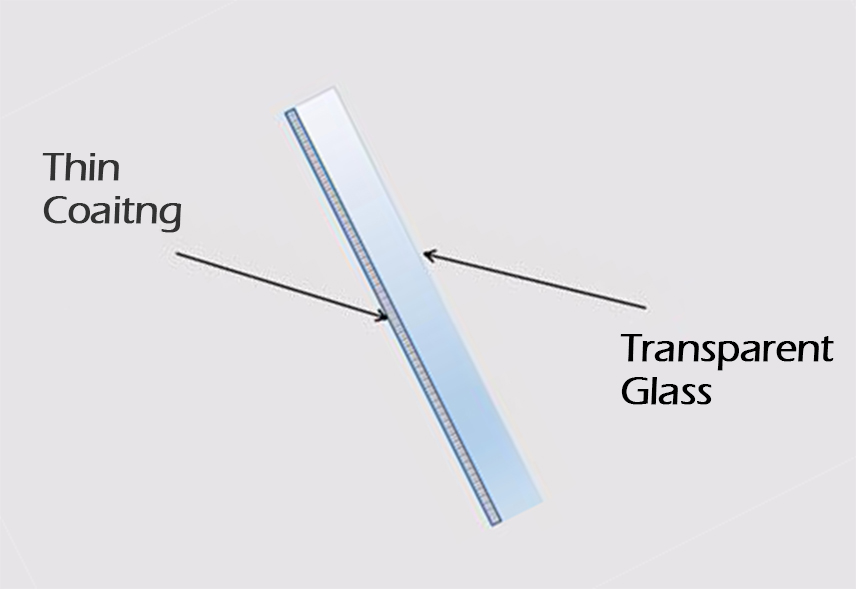What is a Mirror Made Of?
Mirrors are objects that reflect images. People have been making mirrors with stone, metals, and glass for thousands of years. Generally, a mirror is composed of transparent glass and a thin coating on the back. The layer on the back is both protective and functional. On one hand, it could protect the mirror against tarnishing and abrasion. On the other hand, metals like silver or aluminum are used as coatings to enhance the reflectivity of the mirror. This article will introduce the application of aluminum targets for mirror coating. You’ll also see a comparison between aluminum and silver coating.
Aluminum Mirror Coatings
What is the metallic coating?
Metals have been used in the manufacturing of mirrors for years. They are employed to make mirror coatings for their high reflectance. There are different kinds of metal coatings, including silver, aluminum, copper, and gold. Every kind of metallic mirror has its own advantages. They are applied to a range of fields due to their durability and different reflection characteristics.
How to produce aluminum mirror coating?
Nowadays, the most commonly used metal coating for mirrors is aluminum coating, which can be made by sputtering or evaporation. These two coating methods use aluminum targets and aluminum evaporation materials as their raw materials respectively. The coating process is described below.
First, place the mirror in a high vacuum chamber as the substrate. After that, physically converts the source aluminum materials into s aluminum atoms, which are then deposited on the glass. In this way, a very thin reflective aluminum layer is generated on the mirror.
Aluminum mirrors became popular choices for consumers for their high reflectance and less cost.

Related Reading: An Overview of Aluminum Sputtering Target
Several types of aluminum metallic coating
Metal coatings sometimes may be delicate, so they require extra layers to protect them from being broken or to improve their performance. For example, these layers can increase durability, provide protection from oxidation, enhance reflectance, etc. Different materials are used to make aluminum coatings for metallic mirrors. There are mainly two types of extra coatings for aluminum mirrors.
-
Protected Aluminum
Stanford Advanced Materials (SAM) provides standard protected aluminum for mirror coating materials. The overcoat provides an abrasion-resistant surface while maintaining the high performance of aluminum mirrors.
-
Enhanced Aluminum
The enhanced aluminum coating on top is used to increase the reflectance in the visible or ultraviolet regions. SAM is an experienced supplier of aluminum targets to improve the handling characteristics of the protected aluminum coating.
Aluminum vs Silver Reflective Coating

Silver reflective coating
Mirrors with silver coatings are more expensive, while they are highly reflective. They could reflect roughly 97% of light. So they are applied to academic and scientific fields for precise observation. Yet, silver tarnishes very quickly and damages its reflectance within a short time.
Aluminum reflective coating
The aluminum coating is slightly less reflective than silver, but it doesn’t get tarnished over time. Pure aluminum reacts with oxygen in the air, and it forms a transparent layer of aluminum oxide (Al2O3) which is very tough. Mirrors with aluminum coatings are cheaper to produce and are more commonly used for households and industries.
Make your decision
Silver is the most reflective metal. Aluminum is slightly less reflective, but it can reflect 90 percent of light. Both coatings are great options in the automotive, telecommunications, and solar power industries.
Although pure silver is easy to tarnish and is relatively difficult to adhere to glass surfaces, adding a protected or enhanced layer can solve the problem. Protected aluminum coatings and enhanced aluminum coatings are also quite common. Make your own decision for mirror coatings with the best performance. You can contact our sale team before making a quote.
Stanford Advanced Materials (SAM) offers high-purity aluminum sputter targets of all shapes and configurations. The typical thicknesses of these targets include 0.125 inches and 0.25 inches. Their diameters include 2 inches, 3 inches, 4 inches, 5 inches, and 6 inches. For further details, please check our website for more information. Customized orders for commercial and research purposes are also welcomed. Send us an inquiry for more information, quick delivery, and competitive price.





